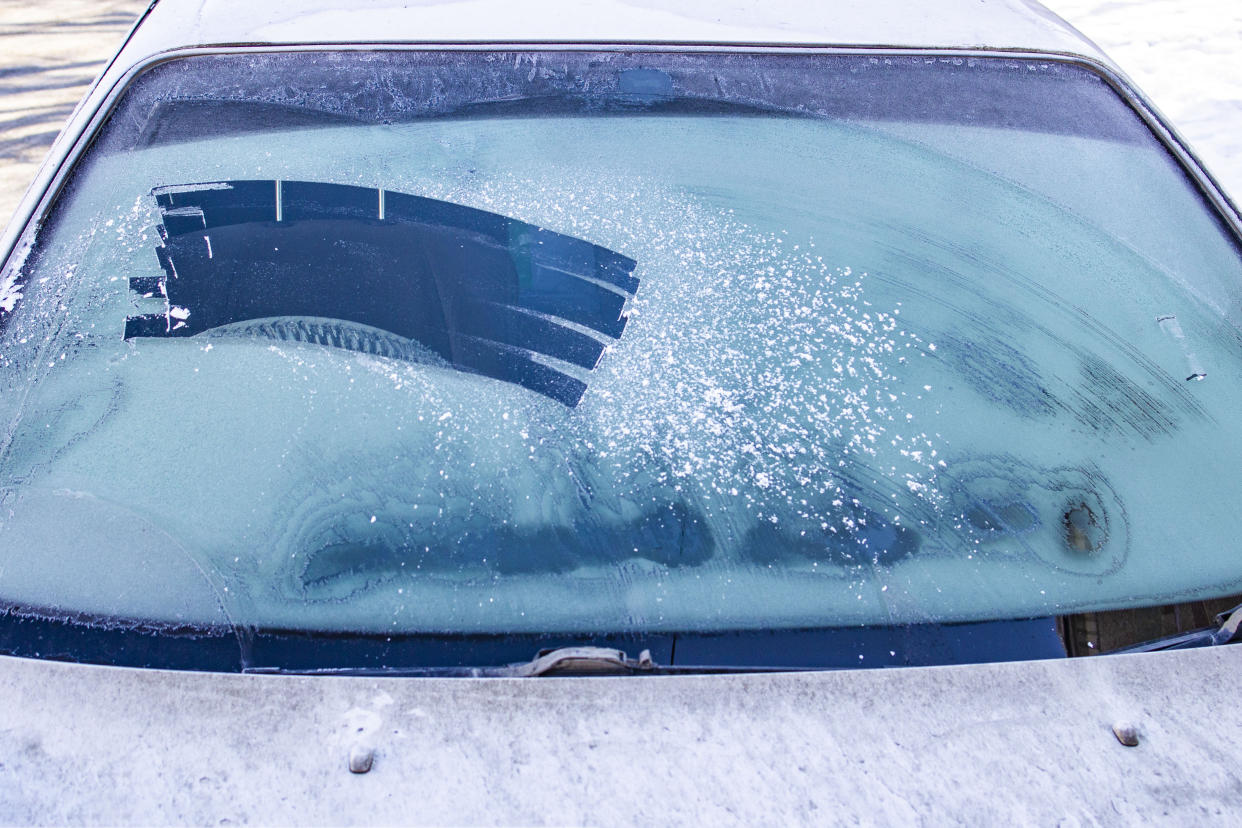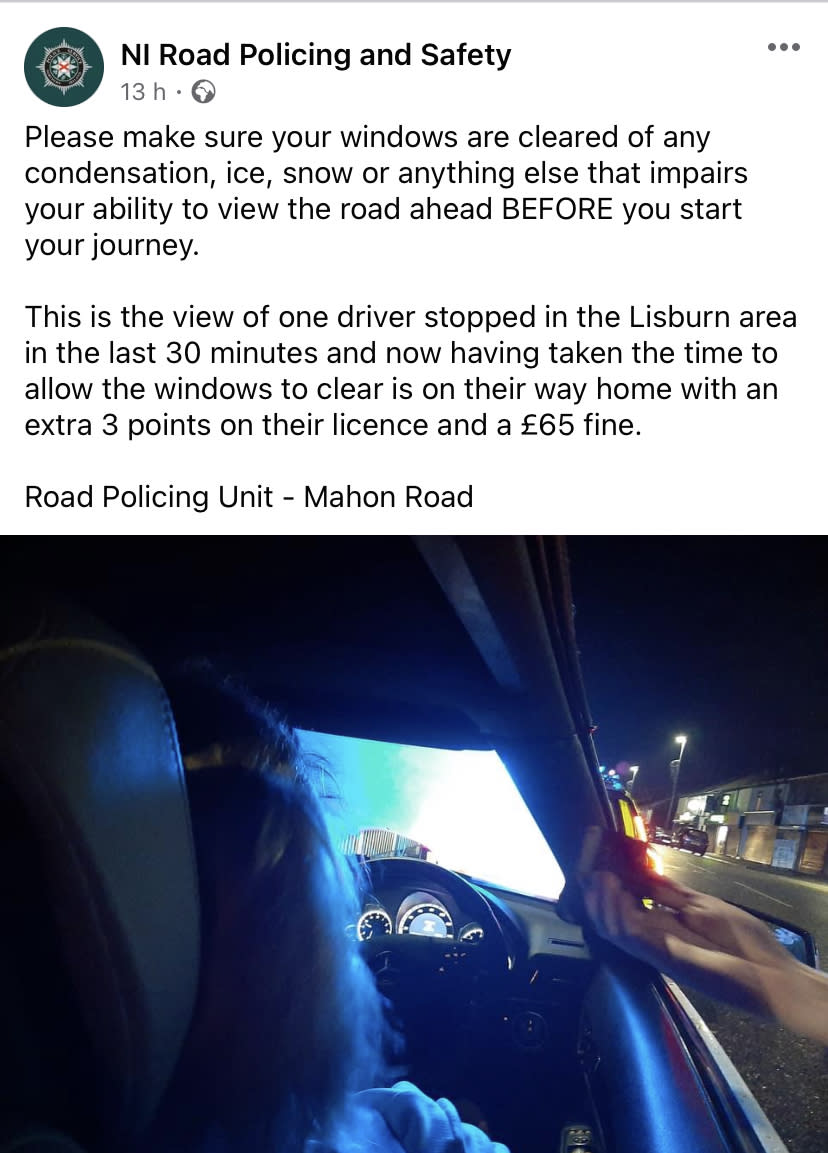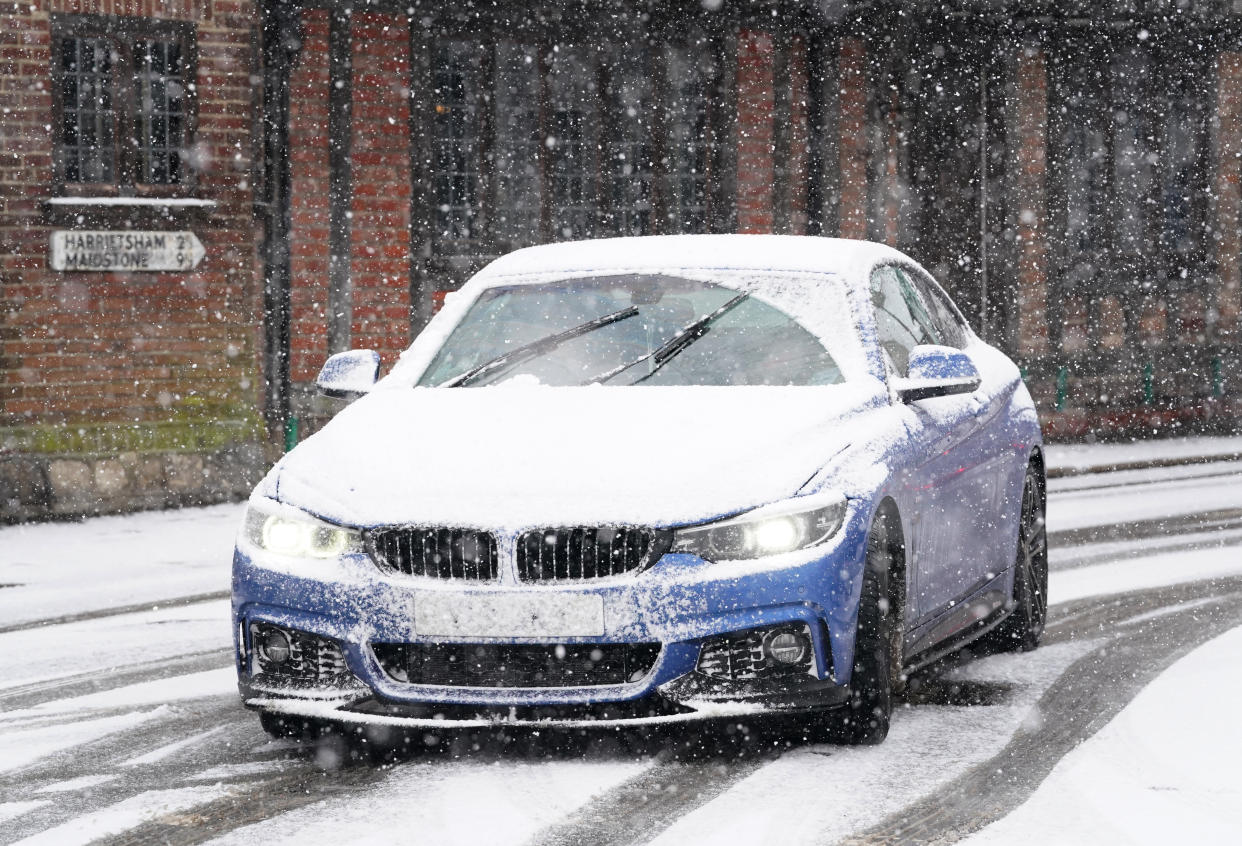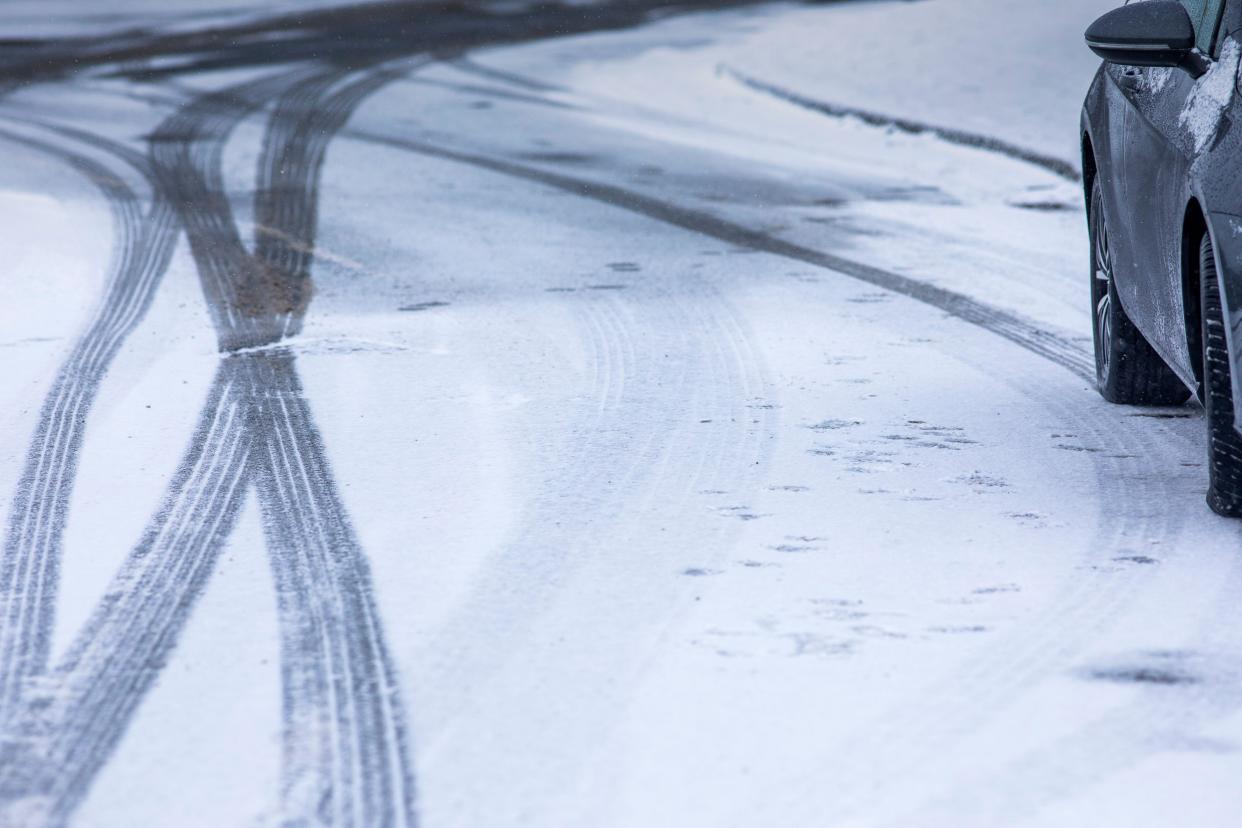Warning over cold weather driving mistake which gets drivers 3 points and fine

With freezing temperatures bringing snow and ice to the UK, motorists have been warned about a costly driving mistake.
Amber and yellow alerts have been issued by the Met Office after temperatures fell below zero due to a “cold plunge of Arctic air” sweeping south across the country this week. The mercury fell to minus 14C in Dalwhinnie in the Highlands on Tuesday night, according to provisional recordings by the Met Office, reportedly the lowest January temperature in Britain since 2019.
With temperatures so low, people setting off in the morning in their cars will be faced with frozen windscreens that reduce visibility. Those in a hurry may do the bare minimum to clear windscreens before setting off on their journeys.

Recommended reading
Met Office issues weather warnings as maps show where it will snow next(Yahoo News)
Temperatures hit -14C on coldest January night since 2019 – as new amber warnings for snow issued(Sky News)
But the bare minimum could result in a fine and three points on licences – and the Northern Ireland Road Police Unit have reminded drivers of the risks. Not only should frozen windscreens be cleared fully, but they should also be clear of condensation.

The force wrote on Facebook: “Please make sure your windows are cleared of any condensation, ice, snow or anything else that impairs your ability to view the road ahead BEFORE you start your journey.” They highlighted a driver pulled over for not allowing enough time to clear their window, saying they had received three points and a £65 fine.
Weather warnings
The warning comes as the Met Office issued amber warnings for snow between 3pm on Wednesday and 6pm on Thursday in north-west Scotland and the Northern Isles, meaning road delays are likely and some vehicles could be stranded. Yellow weather warnings of snow and ice have been updated, with much of Scotland, northern England, parts of Wales and Northern Ireland covered on Wednesday, and southern and central Scotland affected by an ice warning.
Hundreds of schools area again shut in Scotland on Wednesday amid the wintry weather and motorists are advised to drive with care due to “tricky” conditions. Freezing temperatures and snow will continue for much of Britain this week due to a blast of Arctic air, before “potentially disruptive” stormy weather lands over the weekend.

Driving tips for icy roads in the UK
With snow comes ice and driving on icy roads can be fraught and full of potential hazards. Sub-zero temperatures can mean that ice lingers and makes driving potentially dangerous.
It may sound obvious but you should check weather reports ahead of your journey so you have to time to prepare – especially if driving first thing in the morning. You should allow enough time to get your vehicle ready for the drive, meaning an earlier alarm to get up may be needed.
If the journey is necessary, make sure your phone is fully charged in case of breakdowns or accidents, while it is a good idea to make sure your vehicle is equipped with a phone charger, a bottle of water, snacks and a warm blanket. Allow yourself enough time to allow the car’s windows and mirrors are completely clear of ice and condensation.
Once on the road, try and stick to gritted, main roads and keep your eyes peeled for any potential hazards ahead. It should go without saying that you reduce your speed on icy roads and try to steer, accelerate and brake as smoothly as possible to avoid skidding. Higher gears are better for gripping onto ice.
Braking distances on icy roads are massively increased and you should leave as much of a gap between you and the car in front – up to 10 times the normal distance, according to the RAC. If you do start to skid, keep the steering wheel straight and keep your speed without putting your foot on the brakes.
Try and steer gently into the direction your car is skidding and use gears to slow down. Crucially, it is important to keep your hands on the steering wheel and not brake hard.


